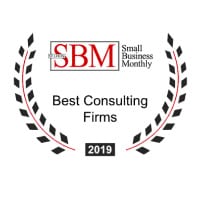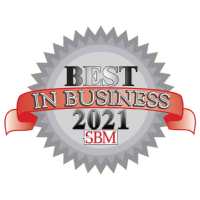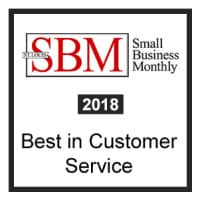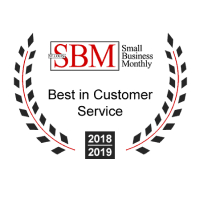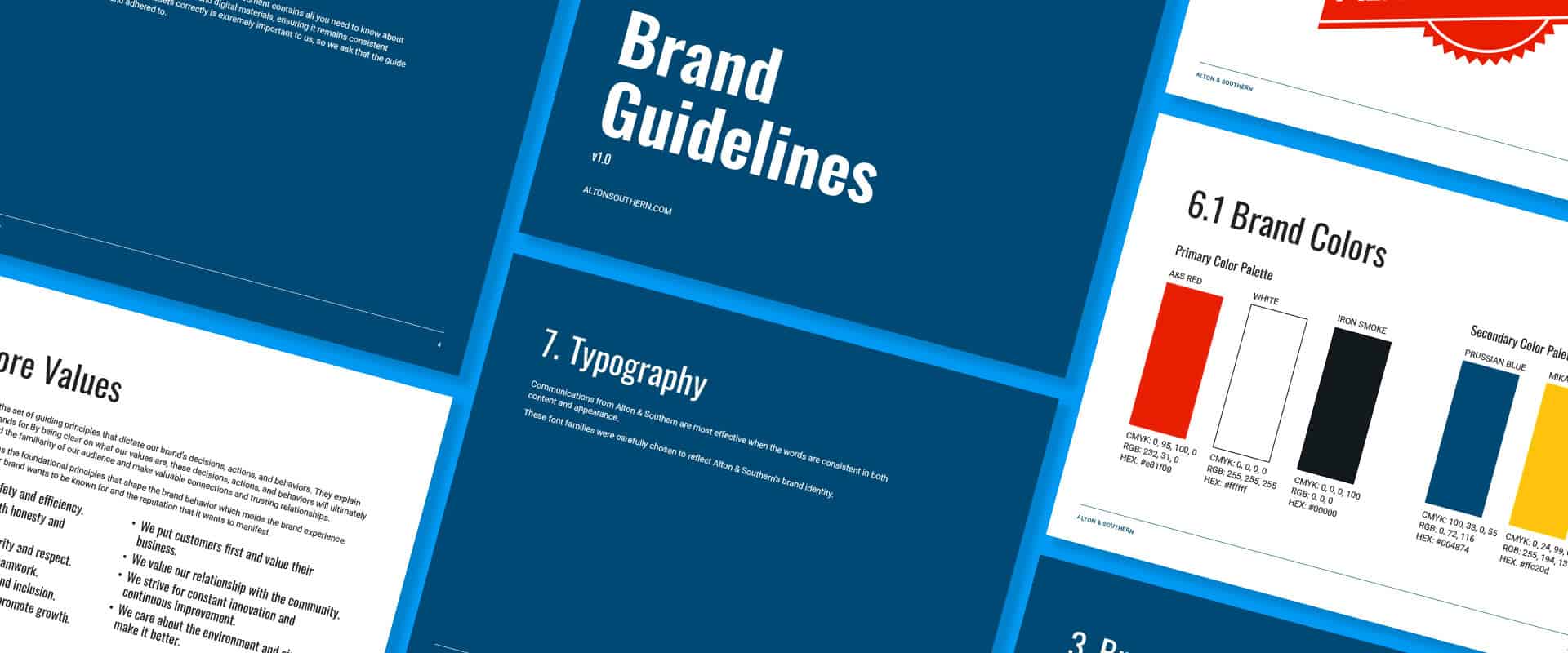
At Seafoam, we recently had an opportunity to reconnect with this marketing concept as we took a deep dive into our own branding. While we routinely share best practices with our clients, we discovered that it’s somewhat challenging to look into the mirror and ask ourselves the tough questions.
There are plenty of branding resources out there, step-by-step guides that will help you create a brand bible for your company. It’s good advice, and we won’t repeat it here.
What we will try to do is capture a few of the epiphanies we as a team had as we wrote our own brand bible and a few of the best practices we share with our clients. We liken this process to the creative process in general – starting with a germ of an idea and feeling our way outward.
A brand style guide sets out, for your company and for the public, specifications on anything that determines the look, feel, and emotion of your brand. This includes typography, color, imagery, logos, and more. A reference tool for employees and marketers alike, it proclaims to everyone exactly how your brand should be presented. It helps you distinguish yourself from your competitors. It directs the conversation about who you are. And its importance cannot be underestimated. Here’s what we mean:
Have you ever met someone who acted one way on Tuesday and an entirely different way on Wednesday? Someone who changed up their look, speech, and behavior so often it gave you whiplash? What did you think about that person? Was he or she off-putting? Untrustworthy? We’re betting you had a hard time believing that person or even wanting to get closer.
The lack of a brand guide – that is, the lack of any sort of consistency in style and messaging – has the same effect as that of a dishonest person. It’s confusing, it’s off-putting, it’s not all the way there. That’s why it’s so important to establish your brand’s identity.
When you decide to create a brand guide for your business, you’re attempting something similar to what authors do when they invent a character: you’re encompassing a being of many facets into one believable whole. Then you’re sending it out into the world. At the least, your brand guide should include the following:
As we set out on this journey, we encountered a few roadblocks and made some false starts. We refined, for ourselves and for our clients, what to do and what not to do when creating a brand guide:
This may be the most difficult part, but finding a template that suits your brand is just as important as going through the branding exercise itself. For example: if you’re in the arts, you shouldn’t create a branding guide that looks like an engineering manual. The guide itself should encompass who you are.
You’ve heard that line about too many chefs in the kitchen, haven’t you? Well, it’s true. If you’ve got a boardroom full of people offering opinions, you’ll get nowhere fast. Keep it to a core group of leaders and get all of your ideas down on paper before soliciting feedback from team members.
By taking the time to get all your ideas out of your head and in front of you, you grasp the big picture and identify areas where you need to make changes.
Once you have a solid draft, it’s time to share. Get opinions. Ask the folks on your team to identify parts of the document that don’t feel quite right.
Once you’ve tinkered and created a document that everyone on the team feels good about, don’t put it away on a shelf and never look at it again! Make sure it’s shared and used. The more your employees actively use the document, the more “together” and natural your brand efforts will feel.
Begin with your core values, mission, and beliefs. Your unique value proposition. Your vision. Everything should flow from there.
It’s like the central theme of a piece of art or the core ingredient in a dish. Every brushstroke and note, every detail and flavor, evolves from that central concept. If you allow your core beliefs to inform the other features of your branding guide, you’ll be amazed at how far those echoes reach and how beautiful the final melody can be.
Everything you send or say to a customer has to be in line with your brand. Period. That goes from the letterheads you use to the colors in your office to the way your employees communicate with vendors. It all matters to your bottom line, so it’s all important to codify and practice. Inconsistency will simply alienate people.
“A good brand is cohesive and dynamic.” -- Nikki
You’re creating something that will define you. You want to be able to put it out into the world and believe in it. So, be thoughtful, sleep on it, mull over it, ask for feedback, and go over it again. There’s no need to rush. It’s better to get it right the first time than to change it up every other quarter.
While it’s acceptable and advisable to get feedback from team members on what resonates and what doesn’t resonate, it’s not such a great idea to have a large group of people drafting the document together. It will make an already labor-intensive process even longer, and you may end up with a diluted final product.
Is your brand quirky or tried-and-true? Classically sophisticated or cutting-edge and modern? Identifying your brand’s personality will set the tone for both the language you use and the imagery you select. If you discover messaging that works for you, provide examples within the style guide for others to reference. This can include language to use and not use, and even the style of writing employees should adopt for blogs and web copy.
Once you begin to work out your branding kinks, you’ll find the sweet spot of your research and labor – the phrase that feels right, the idea that makes everything click together. If you feel like you’re trying to force it, that’s a sign that whatever you’re working on is not true to the brand.
Remember: your brand may not be for everyone, and that’s okay. Know thyself. Your company may not be targeting every single demographic out there. Forcing yourself to sound like a trendy Millennial, for example, when you don’t market to that audience in the first place isn’t the way to go.
You don’t want to have to change this brand guide for a very long time. A company that’s constantly messing with their logo or branding is a company that can’t be trusted to know who it is.
Take your time creating this document. At minimum, you’re looking at 10-20 hours over the course of a few weeks. Remember to take days off as you compose your draft so that you can come back to it with fresh eyes.
An author doesn’t bring a character to life by only describing the clothing he or she wears. it’s the little things – every action, sentence, and mannerism – all of it is necessary in order to represent the facets of a personality.
Just as there are different facets to a person, there are different facets to a brand – but the identity is the same throughout.
Our advice? Spend some time getting to know your brand’s identity. Think about who you’re talking to. Find a style that both resonates with your audience and aligns with who you are. Consider your mission, vision, target audience, and core values. We started here, and we were amazed at how nailing down these core elements helped make the branding task easier.
It was fascinating, in fact, to watch these core elements of our brand ripple out into everything we at Seafoam touch: our logo design and color palette, the way we interact with clients, our voice and tone, the way we approach problems, all of it! We learned not to limit ourselves. And in doing so, we became conscious of the breadth and depth of brand influence.
It’s true: Brand is everything.















